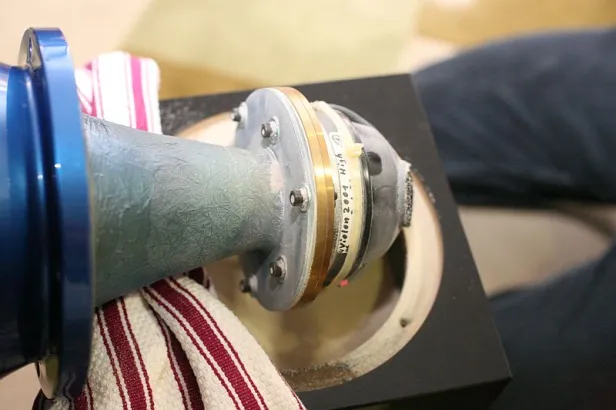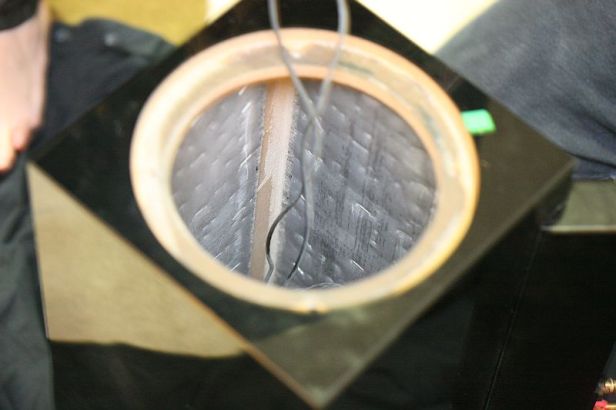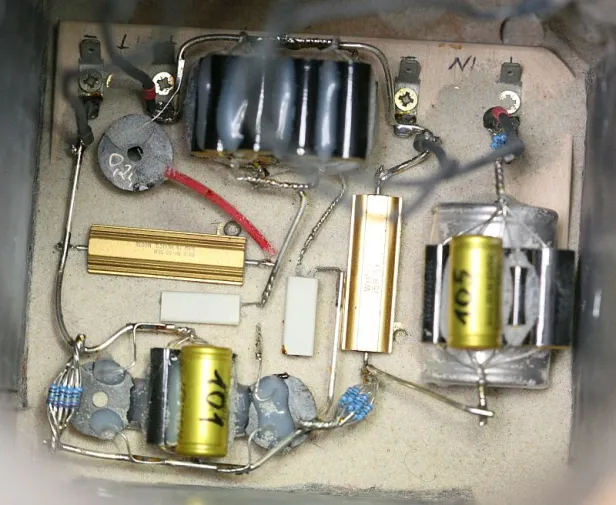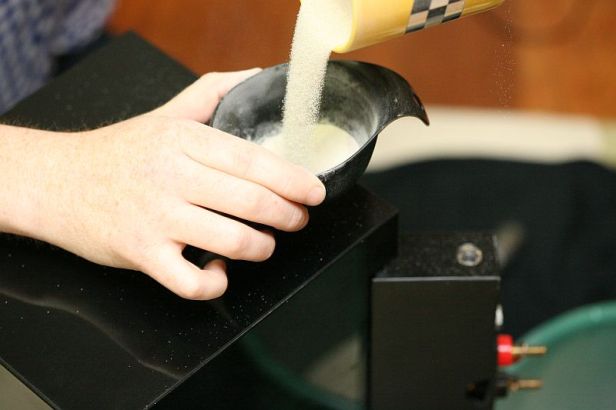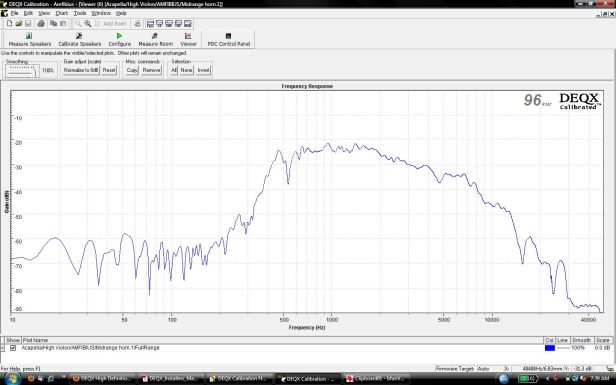Hi
@Mikig, I am sorry I forgot to reply to your post earlier. I am glad I checked, I don't want you to think I am ignoring you

The others have already made the point that all multi-driver speakers "converge" a certain distance from the speaker. I would like to tell you that as long as your listening distance is beyond the convergence point, the speaker would behave as a point source and you are good to go. However, this has not been my subjective experience. Maybe it is expectation bias or something else, but I have found that large multi-driver speakers never sound like point source speakers. One good explanation is that the vertical directivity might be very different. Another is that the "size of the wavefront" (something I have speculated on but never been proven because I don't know how to measure it) is much bigger in a multi-driver speaker.
Either way, I think that large multi-driver speakers sound different to point source speakers. I do not have a good explanation why. Point source speakers have their own compromises, which is different from speaker to speaker. In the end I think you have to decide for yourself if you like that type of sound or not.
The best place to start would be REW. It is free, and it runs on a Mac. Although I do use REW, I don't think it is a great tool for an active multi-driver setup like mine because it lacks a built-in convolver. I have mentioned this several times in this thread. I am also not as proficient in REW as other ASR members like
@OCA (or nearly everyone really) so I don't know what it is really capable of. The downside of REW for new users is that it is not as automated as other software packages like Audiolense or Dirac, and it lacks wizards or macros. Everything is a manual process. This is absolutely not an issue if you know what steps you need to take. But nothing beats "free", and there is no doubting its ability and versatility, so IMO everyone in this hobby NEEDS REW and a microphone. If would go so far as to say that anybody who doesn't have a microphone and REW, or planning to obtain both, should have their ASR membership withdrawn

Beyond REW, IMO the two best software packages are Audiolense and Acourate. Neither of these run on a Mac, unless you use a Windows emulator. They have different strengths and weaknesses, and whether one or the other would be suitable for you depends on your needs. If you do not plan on separating your crossover and going fully active, I would say Audiolense. If you do plan on separating your crossover, I would say Acourate.
I know that Dirac runs on a Mac, but Dirac is astoundingly expensive compared to the above two, especially if you want the crossover option. I hear it is easier to use than both Audiolense/Acourate, but I do not have direct experience with it so I won't say more. I have been told that Focus Fidelity is even easier to use, and it runs on a Mac, but it has no crossover function. It is a relatively new product and I have seen posts shared by David (the developer) that more features are upcoming. So it is a product to watch, I am sure its capabilities will expand.
By the way, the no. 1 reason for poor sounding DSP correction is
user error. I am still making mistakes despite doing this for years. See above post where I accidentally inverted the polarity of the sub

Therefore, I place a high value on ease of use, and especially automation for new users. I myself like manual control, but climbing that learning curve can be pretty intimidating. I am not going to tell you to do what I have done (except get REW!) because I think there is a different DSP solution for everybody, depending on what your needs are.
If you are talking about the entertainment cabinet, I haven't measured its effect. It's not exactly easy to move, I have to remove all the equipment inside it, remove the TV, and it is heavy. It is also irrelevant for me, because I need it there.


